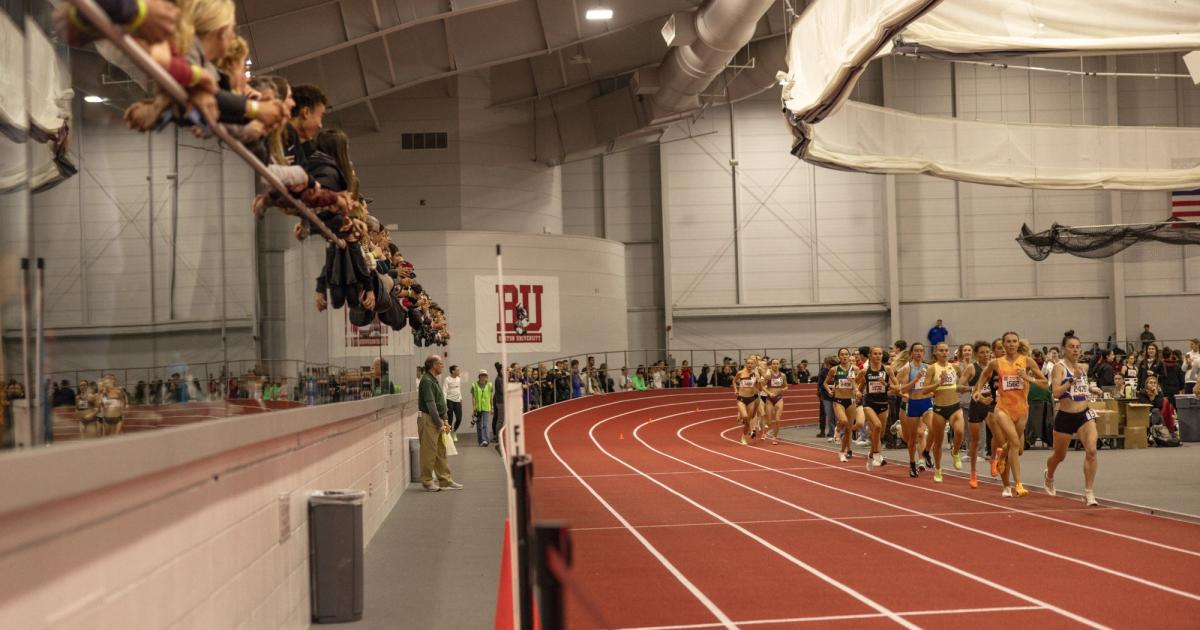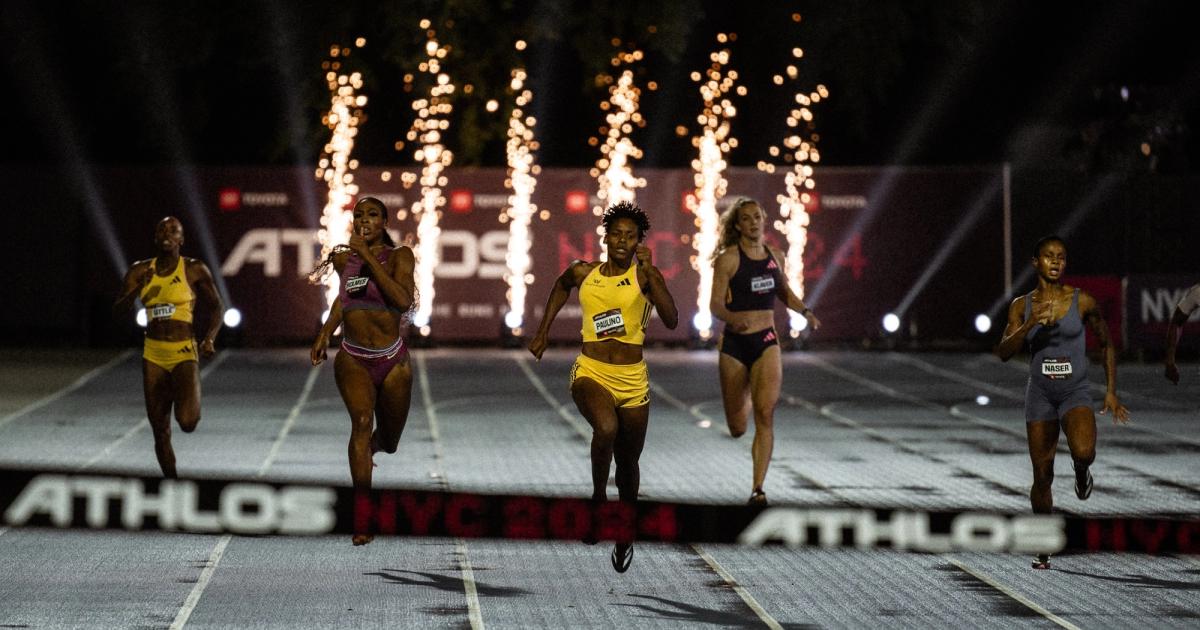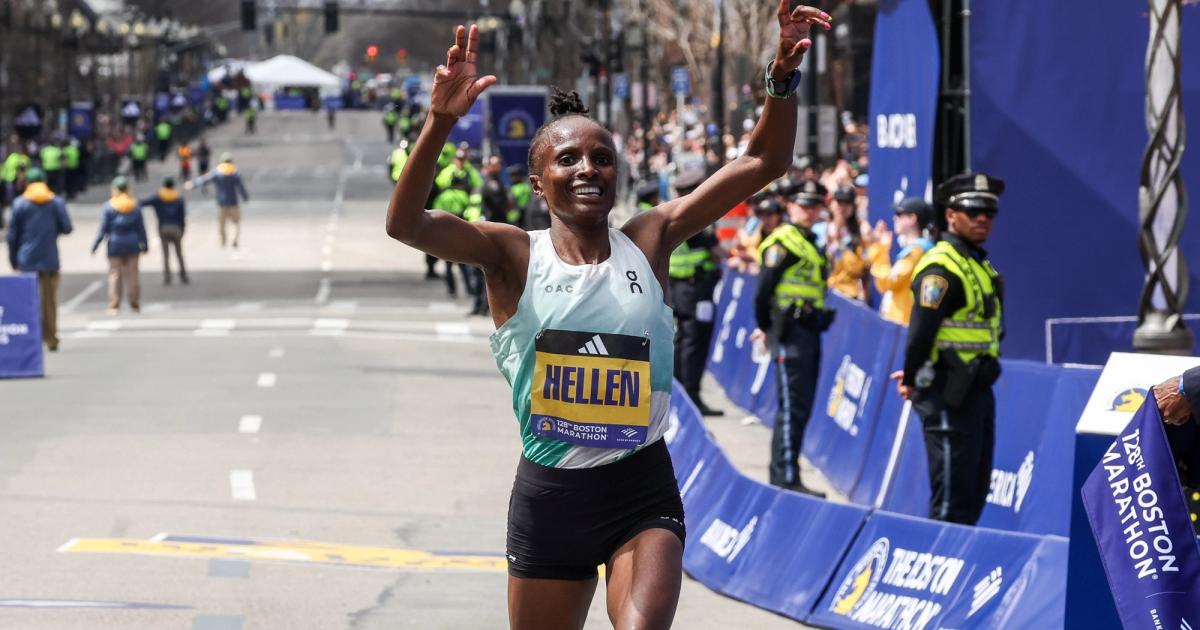By Paul Snyder
February 5, 2025
For plenty of readers, the suggestion that there’s anything even improvable with the well-oiled machine that is a BU indoor meet might sound nuts.
NCAA stars from all over the country eagerly descend on Boston, decimating their athletic departments’ travel budgets, misquoting Good Will Hunting, and committing to a weekend full of hotel-room takeout dinners. American pros reach out to old college teammates now working in consulting looking for a couch to crash on as they come down from altitude in pursuit of a new PR. European pros hop the pond and eschew the potential prize purses on World Athletics Indoor Tour, letting WA know that they’d rather pay their own way to a meet without immediate financial reward because the springy surface and pacesetting is worth that much to them.
Yes, from the athletes’ perspective, BU is essentially Valhalla. The proof is in the pudding.
But from a viewer’s perspective, there’s a problem: given these meets’ structure (sprawling) and mixed purposes (World qualifying, NCAA qualifying, personal bests for local club runners, funding BU’s whole athletic department on entry fees, etc.), it can be challenging to follow along either in person or from home. Great duels do occur at BU from time to time, but very few athletes’ stated goals coming in is to win. It’s a venue for knocking out standards or running PBs. And for the most part, fans can appreciate the meet retroactively by scanning the results the next day and/or scrolling through social media for the highlights.
But suppose you did want to tune in, or you live in Boston and wanted to take in the action in-person. If you don’t work on Fridays, don’t have any social life on Saturdays, and absolutely love the drama of heat 17 of the 800m, this is the perfect meet for you. But if you’re (dare we say it?) normal, it’s an unrealistic slog.
They typically extend over the course of two days (the first being a weekday) and each session can be 10 hours long. Giving every collegiate runner with a dream the shot at a personal best is a laudable goal. But their secondary objective is to print money, so it’s unlikely the length will ever be pared back. To even sign up for the next BU meet, an athlete or athletic department will pony up $75 per miler, and 3000m/5000m specialists are on the hook for $100 a head. Without knowing the full financials, it’s entirely possible that the Boston University track and field program generates the most revenue of any of the school’s 22 varsity sports—not something you see every day.
Unless you’re a volunteer assistant at one of the UMasses, there are a lot of races to wade through to get to the stuff you care about. And those big races are often hours apart. Time trials or not, the fastest sections of the men’s and women’s mile, 3000m, and 5000m at BU are usually bound to be exciting and often feature some of the sport’s more established and rapidly ascending stars.
Right now, fans interested in watching this roughly 45 minutes of racing need to set aside their entire Friday and Saturday. They’ll catch the top-seeded women’s mile at roughly 4:50pm, go do some laundry, start an episode of Monk, half-watch it while checking their computer compulsively until about 6:30pm when the fast heat of the 3000m kicks off, make a quick dinner, eat, clean up while keeping an eye on their computer, then rush over at 7:50pm for the final 5000m section. Then do the exact same thing the following day.
There’s nothing fundamentally wrong with getting multiple benefits out of one meet. BU has a cash cow. Athletes have a meet circled on their calendar in bright red ink with the words “PR CITY” scrawled next to it. Fans get to repost graphics on Instagram with increasingly mind-boggling times splashed across them. But there’s also a way to have our cake and eat it too.
The simple solution is to gently adjust the schedule, so that the six or so races most relevant to the sport on a global scale take place in one, compact, “Hot Window,” to borrow a phrase from our pals at Portland Track. The BU overlords have already experimented with similar schedule adjustments before – moving slower heats of the distance races earlier in the morning in the past, and occasionally having special time trials on “off-gender” days. Either carving out a thrilling two-hour window of track and field once a weekend, or two one-hour windows across two days, would be a major improvement. The one downside would be slightly constraining your pool of available rabbits, as often pacers for distance races have contested miles or 800s earlier in the day, but that’s a very small downside to navigate in exchange for a massively-improved entertainment product.
While we’re firmly a “pro-racing” newsletter, even we can acknowledge that watching people run faster than they ever have—and maybe ever will—in a masterfully rabbited time trial can be really exciting. So as long as track and field’s amorphous schedule includes these sorts of events that exist wholly separate from any sort of circuit or championship, let’s at least make them captivating live entertainment.

Paul Snyder
Paul Snyder is the 2009 UIL District 26-5A boys 1600m runner-up. You can follow him on Bluesky @snuder.bsky.social.




